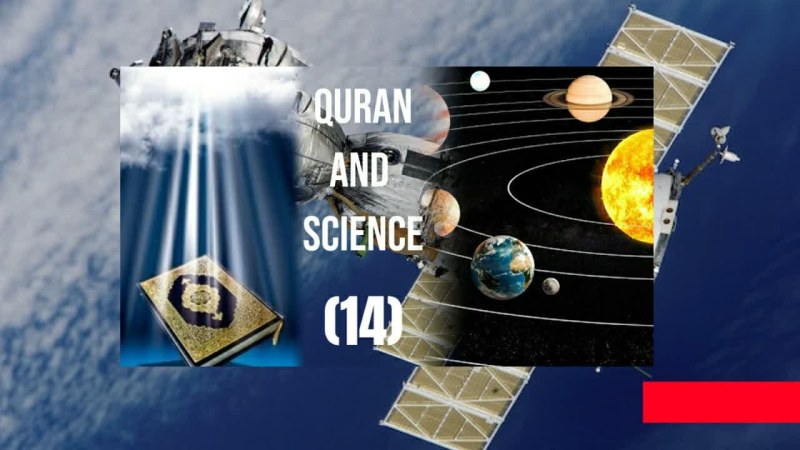- In the ancient Greek astronomy, there is a statement about the seven heavenly elements. Did the Qur'an adapt its description of the number, shape and arrangement of the heavens from the ancient Greek astronomy?

Quran and Science
Quran and Science
Click to Previous Part
The Qur'an says in verse 12 of Surah Al-Fuselat: “We decorated the lower sky with the lights of the stars”.[1]
In verse 6 of Surah Safat, we also read: " We have indeed decked the lower heaven with beauty (in) the stars.[2]
It can be deduced from these verses that from the perspective of the Qur'an, everything that we see, even many things that we do not see and guess, exist. The world of stars is part of the first heaven. Beyond that there are six others that we do not know the exact details of. According to the new science, a sky/heaven does not mean a sphere, but all spheres and systems with their galaxies and nebulae are still considered one heaven. Scientists have admitted that they are unable to reach the heavens beyond this set.[3]
The latest information of the scientists in the field of the heavens, especially the galaxies, tells us: So far, more than one billion galaxies have been discovered in the heavens by means of huge astronomical cameras. One of which is called the Milky Way galaxy. Our solar system is considered an insignificant part of it. Because there are more than 100 billion stars in our galaxy alone. The sun is one of the average stars among this huge number of stars.
Considering that the bigger and more accurate the astronomical telescopes and cameras are, the more new worlds are discovered for us. It is not known that beyond what we see and we know what worlds there are, what can be seen with the biggest telescopes is only a small and insignificant corner of this vast world. [4]
Click to Next Part
[1] Quran [41–12] وَزَيَّنَّا السَّمَاءَ الدُّنْيَا بِمَصَابِيحَ
[2] Quran [37–6] إِنَّا زَيَّنَّا السَّمَاءَ الدُّنْيَا بِزِينَةٍ الْكَوَاكِبِ
[3] Tafsir Nomonah, Makarem Shirazi, vol. 1, pp. 167-168.
[4] Translated: https://makarem.ir/maaref/l/0406298



